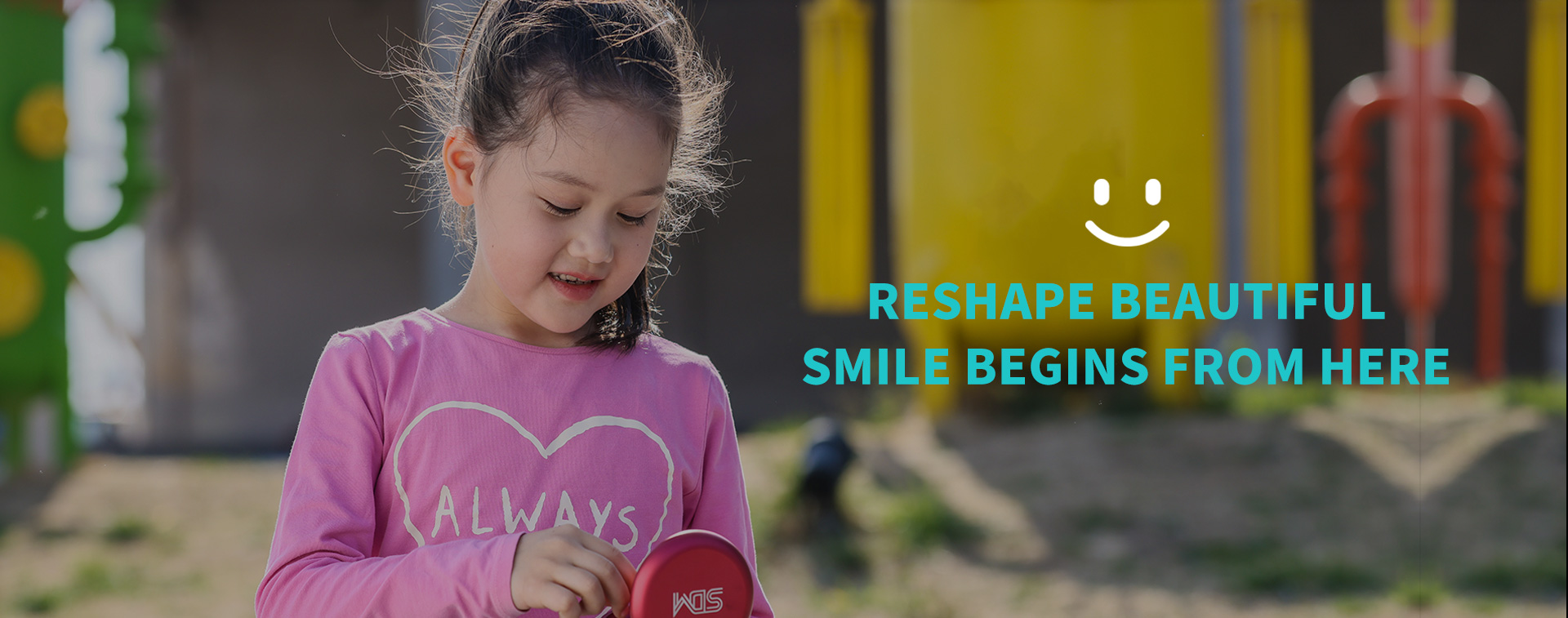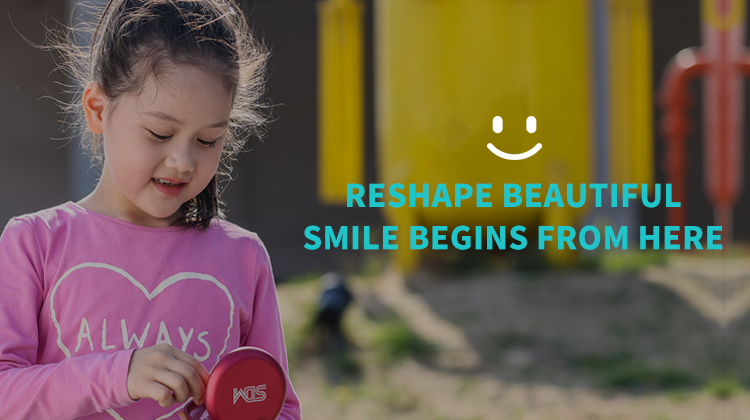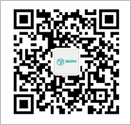SDM small science | Key points and monitoring of follow-up
Date:2021-09-01 Views:253
The technology of orthodontics cannot be separated from the control of clinicians, so the monitoring of clinical follow-up is particularly important. This article brings you the key points and related skills of clinical follow-up of invisible orthodontic technology.
First wear (try on)
1: Introduce how to use braces and matters needing attention
Each patient has a pair of trial appliances, which are worn 22 hours a day for a week, and are removed when brushing teeth in the morning and evening to clean with toothbrush and toothpaste.
2. Doctors teach patients and their parents how to wear and take off
Wear: The appliance has a specific number, U for the upper jaw and L for the lower jaw
First, put on the maxilla lightly so that the front teeth are in place, and then press lightly with the rear fingertips in the bilateral molar area.
Wear the chin in the same way
Extraction: Use fingertips to slowly dislocate the terminal molar from the lingual side of one side, and use the same method to dislocate the braces on the opposite side.
After the molars on both sides are dislocated, the fingertips move to the anterior region and slowly dislocate forward
3. Take off and wear once by the patient
4. Take off once with the help of parents

Notes on pasting attachments
1. Tooth surface treatment: clean, no soft scale
2. Moisture isolation treatment: strict moisture isolation, keep dry
3. Stencil processing: the gum edge is slightly trimmed, easy to take off the stencil

Follow-up monitoring
1. Time for follow-up:
4 sets of braces for each follow-up visit, once a month
2. Contents of follow-up monitoring:
(1) Fit degree: Whether the braces fit the teeth, check whether the actions such as arch expansion, depression, de-twisting, molar pushing, and clearance are realized;
(2) Attachment inspection: Whether the attachment is falling off: If the attachment is falling off, you can choose not to bond without affecting the retention;
(3) Oral hygiene inspection: clean up the dental hygiene at each follow-up visit, maintain good oral hygiene, and prevent caries;
(4) Patient compliance: strengthen publicity and education for patients with low levels of cooperation;
(5) Monitor the replacement of deciduous teeth and permanent teeth: For the replacement of deciduous and permanent teeth during the wearing of braces, the appliance can be continued to be worn when it is in place;
(6) Canine-molar relationship: For patients who need to cooperate with II/III traction to improve the molar relationship, it is recommended to follow up once every 2 weeks, no more than 1 month, and monitor the jumping situation in time;
(7) Overbite covering OBOJ: In cases that need to be recovered, pay attention to whether there is any collision in the upper and lower anterior teeth, and recover the lower jaw first and then the upper jaw;
(8) Bad habits: The correction of bad habits is mostly carried out through propaganda and education, and some tools to break bad habits can be used when necessary;
(9) Intraoperative data retention: Intraoperative data retention is carried out every two months.
3. If you need to cooperate with Class II/III traction, you can follow the animation description to remind you to stick the upper/lower 6 sticky buttons during the follow-up visit, start the Class II/III traction, and give 4 sets of braces, each of which is worn for 1 week, and the follow-up visit is 4 weeks. once;
4. We recommend that physicians keep the patient's intraoperative data: take a set of photos for every 4 sets of braces for intraoperative data;
5. After all braces are worn, the doctor needs to evaluate the correction results, and can wear the retainer according to the specific case type.
In the treatment of invisible correction, successful cases are inseparable from the doctor's plan design and the patient's cooperation. However, at the same time, follow-up monitoring is also very important. Only by finding problems, judging problems, and solving problems in a timely manner during follow-up visits can a good treatment effect be ensured.
The technology of orthodontics cannot be separated from the control of clinicians, so the monitoring of clinical follow-up is particularly important. This article brings you the key points and related skills of clinical follow-up of invisible orthodontic technology.
First wear (try on)
1: Introduce how to use braces and matters needing attention
Each patient has a pair of trial appliances, which are worn 22 hours a day for a week, and are removed when brushing teeth in the morning and evening to clean with toothbrush and toothpaste.
2. Doctors teach patients and their parents how to wear and take off
Wear: The appliance has a specific number, U for the upper jaw and L for the lower jaw
First, put on the maxilla lightly so that the front teeth are in place, and then press lightly with the rear fingertips in the bilateral molar area.
Wear the chin in the same way
Extraction: Use fingertips to slowly dislocate the terminal molar from the lingual side of one side, and use the same method to dislocate the braces on the opposite side.
After the molars on both sides are dislocated, the fingertips move to the anterior region and slowly dislocate forward
3. Take off and wear once by the patient
4. Take off once with the help of parents

Notes on pasting attachments
1. Tooth surface treatment: clean, no soft scale
2. Moisture isolation treatment: strict moisture isolation, keep dry
3. Stencil processing: the gum edge is slightly trimmed, easy to take off the stencil

Follow-up monitoring
1. Time for follow-up:
4 sets of braces for each follow-up visit, once a month
2. Contents of follow-up monitoring:
(1) Fit degree: Whether the braces fit the teeth, check whether the actions such as arch expansion, depression, de-twisting, molar pushing, and clearance are realized;
(2) Attachment inspection: Whether the attachment is falling off: If the attachment is falling off, you can choose not to bond without affecting the retention;
(3) Oral hygiene inspection: clean up the dental hygiene at each follow-up visit, maintain good oral hygiene, and prevent caries;
(4) Patient compliance: strengthen publicity and education for patients with low levels of cooperation;
(5) Monitor the replacement of deciduous teeth and permanent teeth: For the replacement of deciduous and permanent teeth during the wearing of braces, the appliance can be continued to be worn when it is in place;
(6) Canine-molar relationship: For patients who need to cooperate with II/III traction to improve the molar relationship, it is recommended to follow up once every 2 weeks, no more than 1 month, and monitor the jumping situation in time;
(7) Overbite covering OBOJ: In cases that need to be recovered, pay attention to whether there is any collision in the upper and lower anterior teeth, and recover the lower jaw first and then the upper jaw;
(8) Bad habits: The correction of bad habits is mostly carried out through propaganda and education, and some tools to break bad habits can be used when necessary;
(9) Intraoperative data retention: Intraoperative data retention is carried out every two months.
3. If you need to cooperate with Class II/III traction, you can follow the animation description to remind you to stick the upper/lower 6 sticky buttons during the follow-up visit, start the Class II/III traction, and give 4 sets of braces, each of which is worn for 1 week, and the follow-up visit is 4 weeks. once;
4. We recommend that physicians keep the patient's intraoperative data: take a set of photos for every 4 sets of braces for intraoperative data;
5. After all braces are worn, the doctor needs to evaluate the correction results, and can wear the retainer according to the specific case type.
In the treatment of invisible correction, successful cases are inseparable from the doctor's plan design and the patient's cooperation. However, at the same time, follow-up monitoring is also very important. Only by finding problems, judging problems, and solving problems in a timely manner during follow-up visits can a good treatment effect be ensured.



